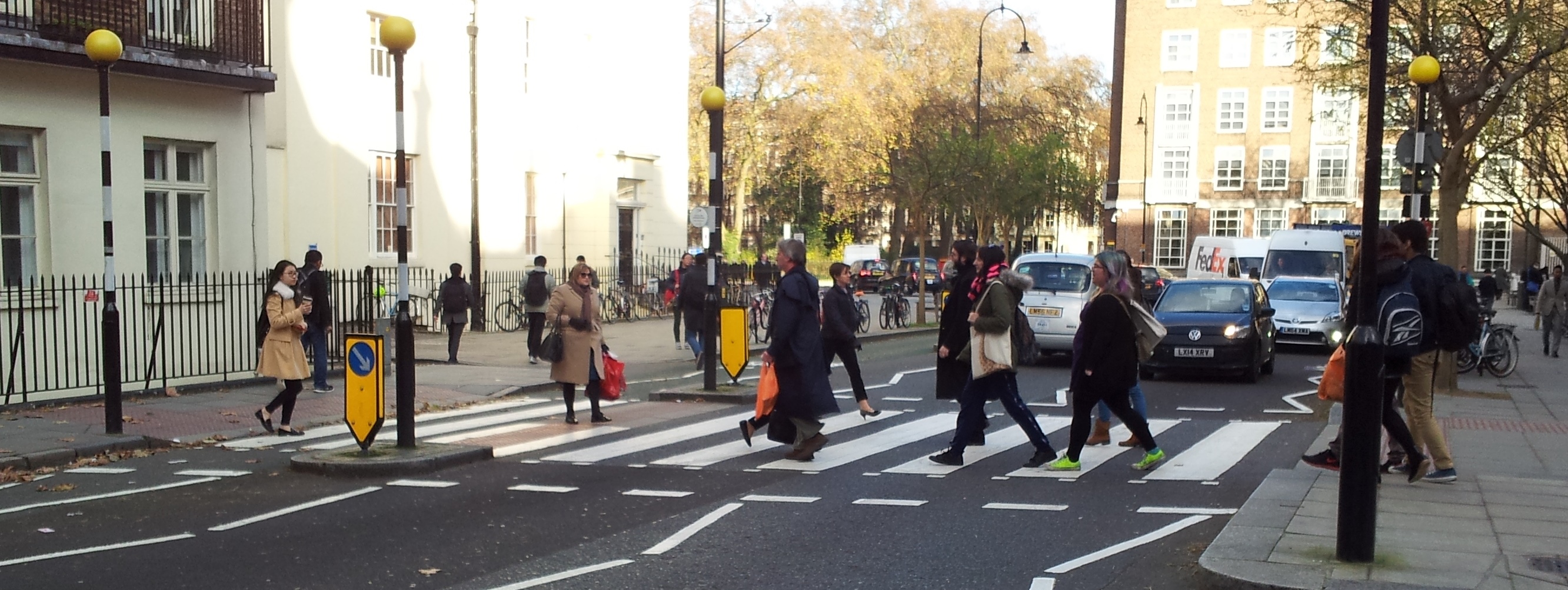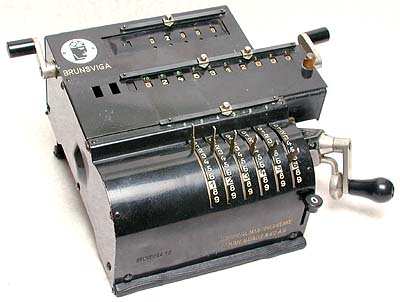A History of Early High Energy Physics Research at UCL
Jim Grozier
Particle Paraphernalia
Miscellaneous anecdotes and little-known facts
UCL and the Bomb
Harrie Massey and Eric Burhop had both worked on the Manhattan Project to build an atom bomb during World War 2. They were at Berkeley, in a group headed by Wilson Powell. Before George Kalmus went to work at Berkeley in 1962, Massey asked him to find out why Powell had always insisted on getting the theorists on the project to sign their calculations. Kalmus duly obliged; Powell's response was that the "b_____ theorists" did not care what units they used, and sometimes forgot to include factors such as 4π. If they were asked to sign their work, he reasoned, they were more likely to check it first!
The "brother of the father of the Bomb", Frank Oppenheimer, spent a year in the UCL bubble chamber group in 1964. Frank had himself worked on the Manhattan Project, alongside his more famous brother Robert. In order to do this he had had to sign a declaration saying that he had never had any connection with the communist party; however, he had in the past been a member of the party, and when this was discovered he was dismissed. Because of this, his brother too fell under suspicion, and was also dismissed. Frank was then unable to get work in the USA; so he came to London for a year, at the invitation of Burhop, who, as Russell Stannard recalls, himself had "communist leanings". Stannard remembers Frank as rather nervous and "uptight", but very pleasant. He later pioneered the concept of the "exploratorium" - the hands-on science museum - in San Francisco [1].
Eric Burhop was very active in Pugwash, an international organisation of scientists and others who were concerned about the proliferation of nuclear weapons.
Guerilla Zebra
The zebra crossing on Byng Place, at the Malet Place entrance to UCL, started life in the 1960s as a sort of student prank. Brian Luetchford, then an undergraduate, describes an audacious piece of what might nowadays be dubbed "guerilla roadmarking":
"UCL students always found difficulty in crossing Byng Place/Torrington Place to get to the ULU building, Senate House etc ... I think it was during a Rag Week sometime between say 1959 and 1962 that undergrads painted a zebra on the road - in broad daylight ... Traffic was kept at bay by two files of students, crossing one way and then the other, providing a screen to the two or three doing the painting.
It was all over quite quickly and I believe it worked for a while - until the paint was worn away". Later an official crossing was constructed in the same place. [2]

The Physics Triathlon
Peter Kalmus relates the story of an impromptu sporting event that seems to have been initiated as a result of a "glitch" in a tool order: "The Bubble Chamber group ordered a set of spanners in millimetre sizes, but the order went wrong and they came out in the corresponding number of inches!"
These huge spanners became the basis of the "Physics Triathlon", part of which involved running up the five flights of stairs from the basement to the top floor of the physics building, carrying the largest spanner, which, as one can imagine, was quite heavy.[3] The top floor at that time, as Bill Towlson recalls, was staffed by "computers", who were ladies operating Brunsviga mechanical calculators; "if you wanted some "computing" done you'd hand it over to one of these ladies" [4]. Brian Luetchford adds: "You put the numbers in by pressing levers - a whole row of levers - and then you turned the handle to do the calculation". So after running up the stairs carrying the spanner, the contestants would then have to crank one of these machines 500 times. [2]

There was also a suggestion of press-ups, whilst still carrying the spanner, and there may well have been other events - in which case it might have been a pentathlon or even a heptathlon. The participants were all postgraduates, mainly from HEP.
Climbing
Climbing was always popular among the particle physicists. Mike Esten and Bill Towlson were especially keen climbers, and organised group climbing expeditions. But even when they couldn't get away from UCL, they could still climb. Bill recalls that "we used to go climbing after dark on the end wall of the physics building" [This was during the period between the completion of the building and the addition of the "filler" section linking it to the Gordon Street building - click here for details]. "They had left a load of half-bricks. It was a decade or so before they built onto it." [4]
